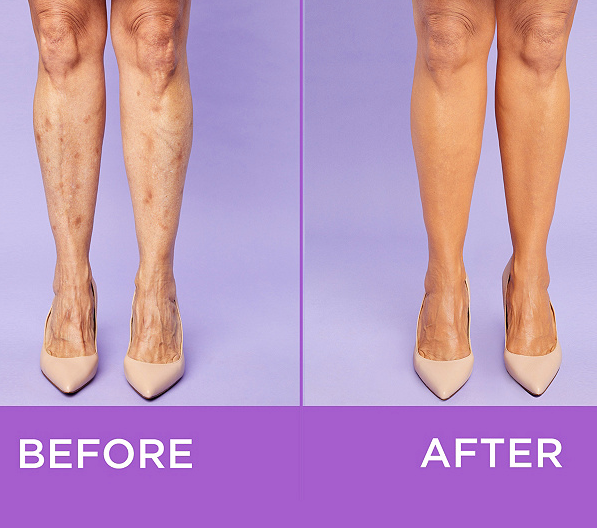
If you’re a worry wart, you are definitely not alone. I was a worrier for a long time. I thought worry was just a part of life. There was really no way to get around. It just happens. You live with it until the worrisome situation blows over and you can breathe again.
Have you ever lost a night’s sleep because you couldn’t get rid of chaotic, anxious thoughts? Count me in! Those of us navigating our way through the 60+ years can undoubtedly find ourselves excessively pondering health concerns, relocation decisions, retirement issues, or problems with adult children.
Worry Keeps Us Captive
Feeling isolated, lonely, frustrated, and stressed comes easily. Along with that, appetite can diminish, and healthy eating flies out the window. Overwhelm keeps us from going for a walk, connecting with a friend, or engaging in social activities we enjoyed at one time. There is so much to worry about! If we don’t worry about it, who will?
What worry warts really want is to subdue the never-ending flood of “what if” questions and imaginations. Those are a constant for them. What if this happens? What will I do if that happens? Functioning calmly would be a dream come true. Managing stress with a few relaxing strategies would be life-giving.
No doubt about it, getting rid of overwhelm would “make their day”… and week … and month … and year. It would make life a whole lot better! Getting a good night’s sleep and waking up without a bucket load of fear sounds like such a relief.
This Was Me
About 11 years ago, this was my life. I was smack dab in the middle of an emotional nightmare. I wasn’t sleeping. Disturbing relational and legal problems surfacing in my family had me tied in knots. I was obsessed with scary, unsettling thoughts. Visits to my doctor increased. Xanax became a calming friend. To say the least, I was a major mess.
Months later, as this crisis shifted into low gear, I declared, “I’m not living like this anymore!” The help I found prompted a 180-degree shift in my way of managing stress and worry. I learned how to become free from the tyranny of anxiety.
You might say I’ve become immune to excessive worry and fear. I am thriving and constantly learning more about living an anxiety free life. The time and effort were certainly worth it for me. After overcoming anxiety, I became a certified anxiety coach so I could help other women do the same thing.
So, is there hope for worry warts? Yes!
The FIRST STEP to Squashing the Worry-Wart Tendency
Exploring the root cause of stress and anxiety is the starting place; it’s always the first step. It takes courage and commitment. Uncomfortable thoughts and feelings may show up. However, journeying through them instead of avoiding them is the path to releasing unease. It’s about delving into questions like these:
- What scary stories am I telling myself?
- What am I imagining as the worst scenario?
- Down deep, what’s triggering me?
- What’s my inner critic telling me?
- What’s really driving my overwhelming anxiety?
The SECOND STEP in Dealing with Obsessive Worry
Moving forward, after sorting out what really prompts worry, means making a life-changing shift. It’s about letting go of old thoughts and accepting new thoughts. This is always the SECOND STEP.
Recognizing and releasing anxious thought patterns and replacing them with new, positive thoughts makes a world of difference. Using tools to establish new thought blueprints opens the mind’s windows for a radical shift in feelings and behavior. Practicing calming strategies turns down anxiety. It’s a powerful, fundamental key to lessening overwhelm.
The THIRD STEP Towards an Anxiety Free Life
A plan to stay anxiety free is the next step. Developing a personal plan to create daily practices of anxiety free living makes it a reality. Regular times to calm down, relax and recharge provide pauses to refresh and remember helpful strategies. This helps deal with anxiety in the moment when old triggers show up.
There are new habits to lean on and combat worry-wart patterns of thinking. Developing self-awareness helps prevent repeating old thought patterns and staying stuck. This kind of mindfulness is life-giving.
A Client’s Worry
Perhaps you identify with my 75-year-old client who found it hard to function because worry was keeping her emotionally paralyzed. In that state of distress, she was unable to think clearly and so she floundered, wondering what to do next. She was numb with anxiety. A good night’s sleep evaded her. She was beside herself.
Over a series of conversations, we uncovered the sources of her stress and anxiety. My client went from being riddled with anxiety to a much more peaceful life. After a serious health setback, she talked about living her best life.
Needless to say, this was a 180-degree turnaround from our first meeting. Learning to manage anxious thoughts has been a huge emotional life saver. She is equipped to manage her thoughts and emotions. She’s living an intentionally calmer, stress free, happier life.
I’ve observed “beyond anxiety” stories repeated in the lives of women at various ages and stages of life. It IS possible to calm chaotic thoughts, manage worry and become anxiety free. I’d be happy to support you in exploring what breaking free from a worry-wart life could look like for you. Find out more about this opportunity here.
Let’s Have a Conversation:
What is your relationship with anxiety? Do you worry more or less at this stage in your life? Have you found the culprit of your anxiety? For how long has it kept you captive?





